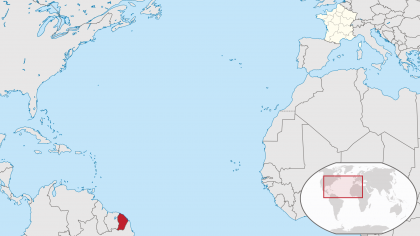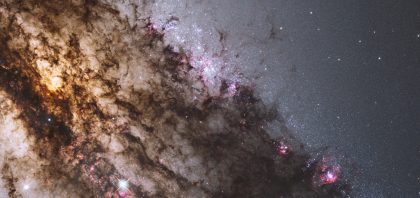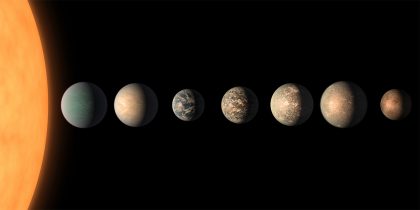Yule and the Moon of the Winter Solstice

Thursday gratefuls: Bowe. A real sweetheart. Rigel, who ate all of the miniature beignets. They were stale. Kep, who nudges me out of bed. Getting things done. Home insurance, #4! Electronic bill pay. Financial discipline. Safeway pickup. Palmini, strange but a decent vet. Masks. Omicron. Prostate Cancer. Orgovyx. Blood tests next week. James Webb Telescope. French Guiana.
Sparks of Joy and Awe: Tears
Tarot: Gonna do that winter solstice spread today. He said confidently.
 Christmas eve eve. Can’t wait. The James Webb goes into space tomorrow. 4 am MT. I’ll watch the post-launch videos. The European Space Agency has a launch site in French Guiana (see map). Kourou, a former French penal colony. One thing I don’t get. I looked at Kourou on wikipedia. It has heavy rain most of the time except for a short dry season. Not now.
Christmas eve eve. Can’t wait. The James Webb goes into space tomorrow. 4 am MT. I’ll watch the post-launch videos. The European Space Agency has a launch site in French Guiana (see map). Kourou, a former French penal colony. One thing I don’t get. I looked at Kourou on wikipedia. It has heavy rain most of the time except for a short dry season. Not now.
Here’s a clip from an interesting article on the Verge. How do you choose which work will get done first on a revolutionary tool? Where is first light?
“How do you prioritize what the most advanced piece of space equipment in the world should do when it first turns on?
Well, the science has to be nothing short of revolutionary.
“What is deemed most interesting is science that is considered transformational — that will change our view of the universe,” Klaus Pontoppidan, an astronomer and JWST project scientist at STScI, tells The Verge. “We don’t want the observatory to do things a little better than what has been done before. We wanted to answer fundamental questions that cannot be answered any other way.””

What did they choose? Two jumped out of the article. One will examine a section of sky three full moons wide or about 63 million light years. The purpose? To create a deep view of the galaxies. Why? Because the Webb can see up to 13.6 billion light years away, within two billion years of the Big Bang. This view will create a map of galaxies only two billion years after the Big Bang.

Second. A lot of time will be spent on the Trappist-1 solar system which has seven exoplanets, three of which are in the goldilocks zone where water may puddle on the surface. Hubble could detect the exoplanets, but only as slight wobbles in light streamed from their stars. Webb might be able to read light passing through their atmospheres. Might discover signs of life.
I’m excited that NASA chose to launch on Christmas Eve. Hope they miss Santa Claus.
